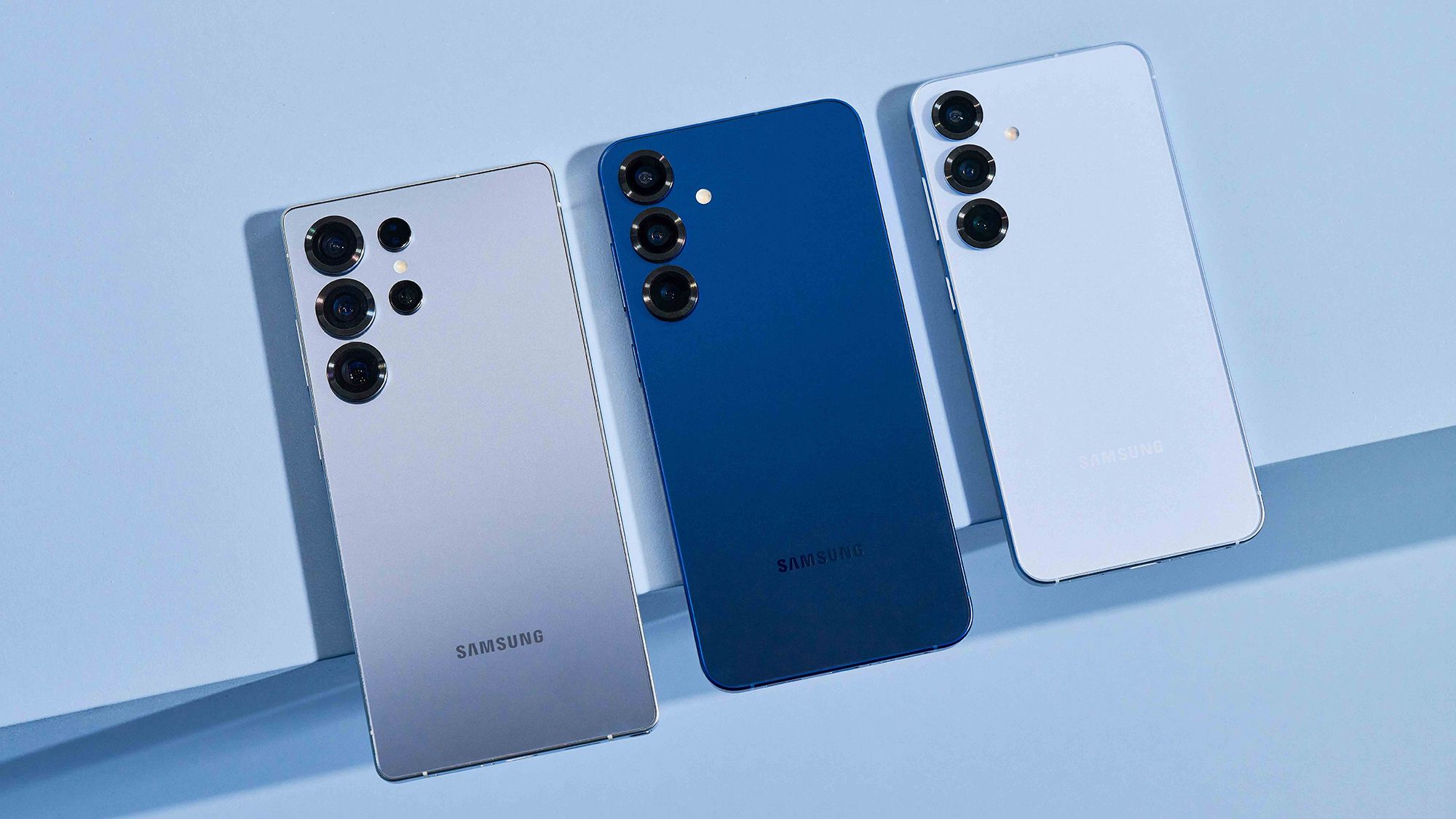Samsung plans to integrate digital twins, AI, and robotics across its manufacturing infrastructure, starting with a new ‘Megafactory’.
For COOs and CIOs in industrial sectors, the smart factory announcement – built in collaboration with NVIDIA – is an example of the shift from contained AI pilots into production. The goal is a fully intelligent and predictive environment, starting with the complex demands of semiconductor, mobile device, and robotics manufacturing.
Samsung will deploy more than 50,000 NVIDIA GPUs to embed AI throughout the manufacturing flow. This goes further than typical automation. The factory will use a single intelligent network that will let AI continuously analyse, predict, and optimise production environments in real-time.
Digital twins for physical gains
Operationally, a key component is the widespread use of digital twins, powered by NVIDIA Omniverse libraries.
Samsung is building digital twins capable of visualising entire fab operations virtually. The business application is to use these virtual environments to identify anomalies, perform predictive maintenance, and optimise production before changes are applied in the physical world. This approach targets a reduction in downtime and allows testing process improvements without risking physical line disruption.
In a high-value use case, Samsung detailed efficiency gains in its computational lithography process. By using NVIDIA cuLitho and CUDA-X libraries for its optical proximity correction (OPC) process, the company achieved a 20x gain in computational lithography performance. As OPC is a key step in accurate wafer patterning, the enhancement allows AI to predict and correct circuit pattern variations with far greater speed and precision, thereby reducing development cycles.
This ‘AI Factory’ concept reflects a wider industry push. Many enterprises are now looking to consolidate AI development, leveraging platforms like Google Vertex AI or IBM watsonx to manage models and data. Samsung’s approach, built on a 25-year collaboration with NVIDIA, is a hardware-centric model for achieving this integration at scale.
Samsung puts AI at the core of a full manufacturing ecosystem approach
The implementation extends to next-generation hardware and robotics. The companies are working together on HBM4, with Samsung’s design using 6th-generation 10-nanometer-class DRAM and a 4nm logic base die. Samsung states its HBM4 processing speeds can reach 11Gbps, far exceeding the 8Gbps JEDEC standard. This advanced memory is intended to form a foundation for the AI-driven manufacturing infrastructure.
On the factory floor, the plan involves physical automation. Samsung is using the NVIDIA RTX PRO 6000 Blackwell Server Edition platform to advance manufacturing automation and humanoid robotics. It is also using the NVIDIA Jetson Thor robotic platform to accelerate real-time AI reasoning, task execution, and safety controls in intelligent robots.
This is not a single-site project, either. Samsung is planning to extend its AI factory infrastructure to its global manufacturing hubs to bring greater intelligence and agility to its worldwide semiconductor operations.
Beyond the factory walls, the collaboration is tackling the network infrastructure required to support widespread physical AI. The partners are working with Korean telecom operators and researchers on AI-RAN development.
AI-RAN is a next-generation communication technology that integrates AI computing power into mobile network capabilities. For a CTO, this matters because it allows robots, drones, and industrial automation equipment to process data and run inferences in real-time at the network edge. This AI-powered mobile network is positioned as a neural network that is essential for widespread adoption of physical AI.
For enterprise decisionmakers, Samsung’s blueprint shows that an effective ‘AI factory’ must be an end-to-end system. It requires unifying hardware (like HBM4), proprietary AI models, operational technology (robotics), and edge networking (AI-RAN) into a single and predictive data flow.
See also: ASUS IoT platform uses NVIDIA tech for edge AI robotics


Want to learn more about IoT from industry leaders? Check out IoT Tech Expo taking place in Amsterdam, California, and London. The comprehensive event is part of TechEx and is co-located with other leading technology events including AI & Big Data Expo. Click here for more information.
IoT News is powered by TechForge Media. Explore other upcoming enterprise technology events and webinars here.













